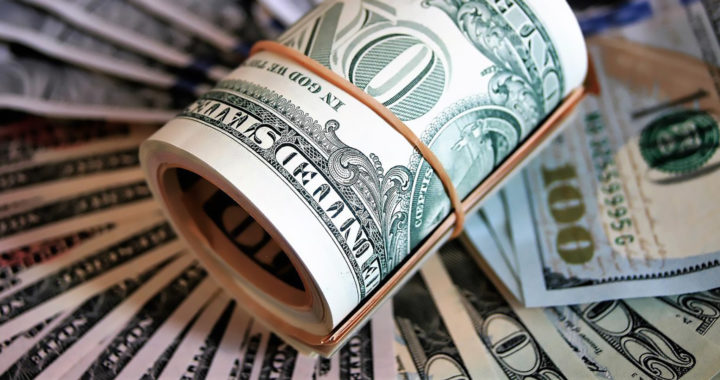The money supply represents the total amount of money or all the currency and other liquid instruments circulating in an economy within a given period. It fundamentally includes banknotes or paper bills and coins, as well as balances or deposits in bank accounts.
Bank deposits are considered part of the money supply because banks essentially use the monies they have pulled from their respective clients to lend to individual and institutional borrowers, thereby making them part of the money supply in circulation.
Measuring the Supply of Money: The Categories of Money Supply
Nevertheless, the supply of money is measured by referencing the different types of money in circulation, which are generally classified or categorized as Ms in most countries such as the United States. These are M1, M2, and M3.
Below are the details of M1, M2, and M3:
• M1: This is also called narrow money and includes paper bills and coins produced by a central monetary authority such as a central bank that are in circulation. This also includes other money equivalents that can be converted readily into cash such as checkable deposits, traveler’s checks, and manager’s checks.
• M2: This includes M1 and as such, includes paper bills, coins, and money equivalents, as well as savings deposits, short-term time deposits, and investments in money market mutual funds or other pooled funds such as unit trust funds.
• M3: This is called broad money and includes both M1 and M2, as well as long-term deposits, specifically time deposits. In the United States, this also includes large bank deposits over USD 100,000. Note that M1 and M2 alone are the most common measures of money supply used by governments and institutions.
It is also important to note that in a fractional-reserve banking system, there are two types. These are central bank money or MB, which include all of the obligations of a central bank and monies in its depository accounts, and commercial bank money, which include M1 to M3.
The aforementioned definitions of each category are based on the standards in the U.S. Other jurisdictions have different definitions.
For example, in the European Union, M1 includes all currency in circulation and overnight deposits and M2 includes M1 plus deposits with a 2-year maximum maturity and deposits redeemable at a period of notice up to three months. M3 includes M2 plus repurchase agreements, money market funds, and debt securities up to 2 years.
The United Kingdom uses two measures of money supply. They are categorized as M0 and M4. M0 includes bills and coins in circulation and the reserve balance of banks with the Bank of England. M4 includes cash outside banks, private-sector retail bank and building society deposits, private-sector wholesale bank and building society deposits, and certificates of deposit.
Nonetheless, in considering the aforementioned categories or the so-called measures of money supply, one can readily have an understanding of how a particular country or economy defines money and how the definition varies across different economies.
The monetary policy of a particular government influences the supply of money in circulation. An increase or decrease in the supply affects interest rates, inflation, and the activity or conditions within a particular phase of the business cycle.





